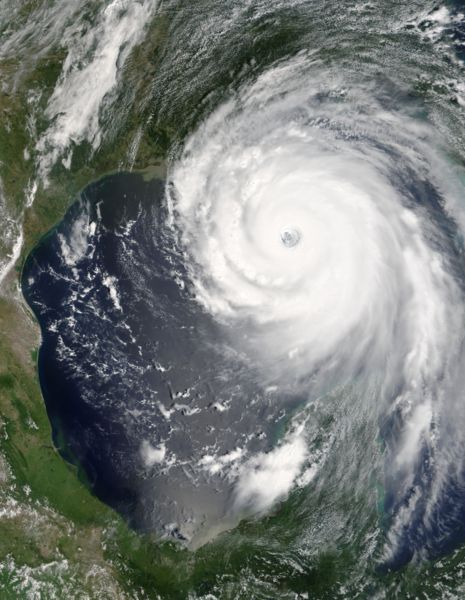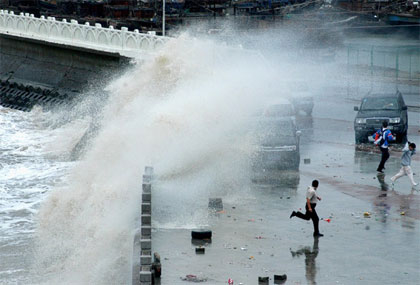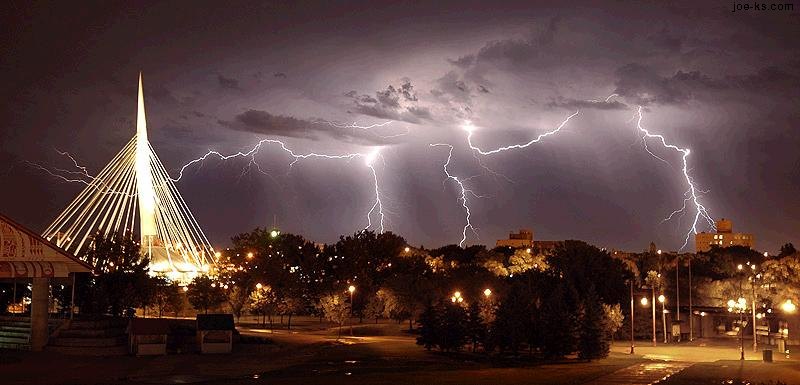How Good Are Your Weather Knowledge?

How much do you know about weather? Take this quiz and find out now!
- 1.
When is smog the worst?
- A.
On hot, sunny summer days
- B.
On warm, cloudy spring days
- C.
On clear, cold winter days
Correct Answer
A. On hot, sunny summer daysExplanation
Smog is the worst on hot, sunny summer days because the combination of sunlight, heat, and stagnant air causes the pollutants in the atmosphere to react and form smog. The sunlight and heat provide the energy needed for these reactions to occur, and the lack of wind or air movement prevents the smog from dispersing. This leads to high concentrations of pollutants in the air, resulting in poor air quality and increased health risks for individuals.Rate this question:
-
- 2.
About how many times does lightning strike the United States?
- A.
4,000
- B.
400,000
- C.
40,000,000
Correct Answer
C. 40,000,000Explanation
Lightning strikes the United States approximately 40,000,000 times. This high number can be attributed to the country's large land area and diverse weather patterns. The United States experiences a wide range of thunderstorm activity, including severe storms and tornadoes, which increase the likelihood of lightning strikes. Additionally, the country's population density and extensive infrastructure make it more susceptible to lightning-related damage and accidents. Therefore, the high number of lightning strikes in the United States is a result of various factors that contribute to the frequency and intensity of thunderstorms.Rate this question:
-
- 3.
Which country overall has the most extreme weather on Earth?
- A.
Russia
- B.
Canada
- C.
The United States
Correct Answer
C. The United StatesExplanation
The United States has the most extreme weather on Earth because it experiences a wide range of weather conditions across its vast territory. From hurricanes in the Gulf of Mexico to blizzards in the Midwest, and from heatwaves in the Southwest to tornadoes in the Great Plains, the United States is known for its diverse and extreme weather patterns. Additionally, the country's geographical features, such as mountains and coastlines, contribute to the variability and intensity of its weather.Rate this question:
-
- 4.
What is the same thing as a hurricane?
- A.
A typhoon
- B.
A tornado
- C.
A snowstorm
Correct Answer
A. A typhoonExplanation
A typhoon is the same thing as a hurricane. Both terms refer to a tropical cyclone, which is a large-scale weather system characterized by strong winds and heavy rainfall. The only difference is the location where these cyclones occur. Hurricanes are named for the Atlantic and Northeast Pacific regions, while typhoons occur in the Northwest Pacific region. Therefore, a typhoon is the correct answer because it is another term used to describe a hurricane-like weather phenomenon.Rate this question:
-
- 5.
Which continent has never had a typhoon or tornado?
- A.
Europe
- B.
Antarctica
- C.
Africa
Correct Answer
B. AntarcticaExplanation
Antarctica has never had a typhoon or tornado because of its extreme climate conditions. The continent experiences extremely low temperatures and is covered in ice and snow year-round. Typhoons and tornadoes require warm ocean waters and specific atmospheric conditions to form, which are not present in Antarctica. Additionally, the continent's isolated location and lack of human population further reduce the chances of these weather phenomena occurring. Therefore, Antarctica remains unaffected by typhoons and tornadoes.Rate this question:
-
- 6.
Where is the safest place to be during a thunderstorm?
- A.
In a forest
- B.
On a golf course
- C.
In a swimming pool
Correct Answer
A. In a forestExplanation
While it may seem counterintuitive, being in a forest during a thunderstorm can actually be safer than being in an open area like a golf course or a swimming pool. In a forest, the trees act as natural lightning rods, attracting lightning strikes and providing a path for the electrical current to travel down to the ground. This means that if you are in a forest during a thunderstorm, the lightning is more likely to strike a tree rather than directly hitting you. However, it is important to avoid standing near the tallest trees or taking shelter under isolated trees, as they are more likely to be struck by lightning.Rate this question:
-
Quiz Review Timeline +
Our quizzes are rigorously reviewed, monitored and continuously updated by our expert board to maintain accuracy, relevance, and timeliness.
-
Current Version
-
Mar 21, 2023Quiz Edited by
ProProfs Editorial Team -
Mar 21, 2009Quiz Created by
Thuy.lebich
 Back to top
Back to top






